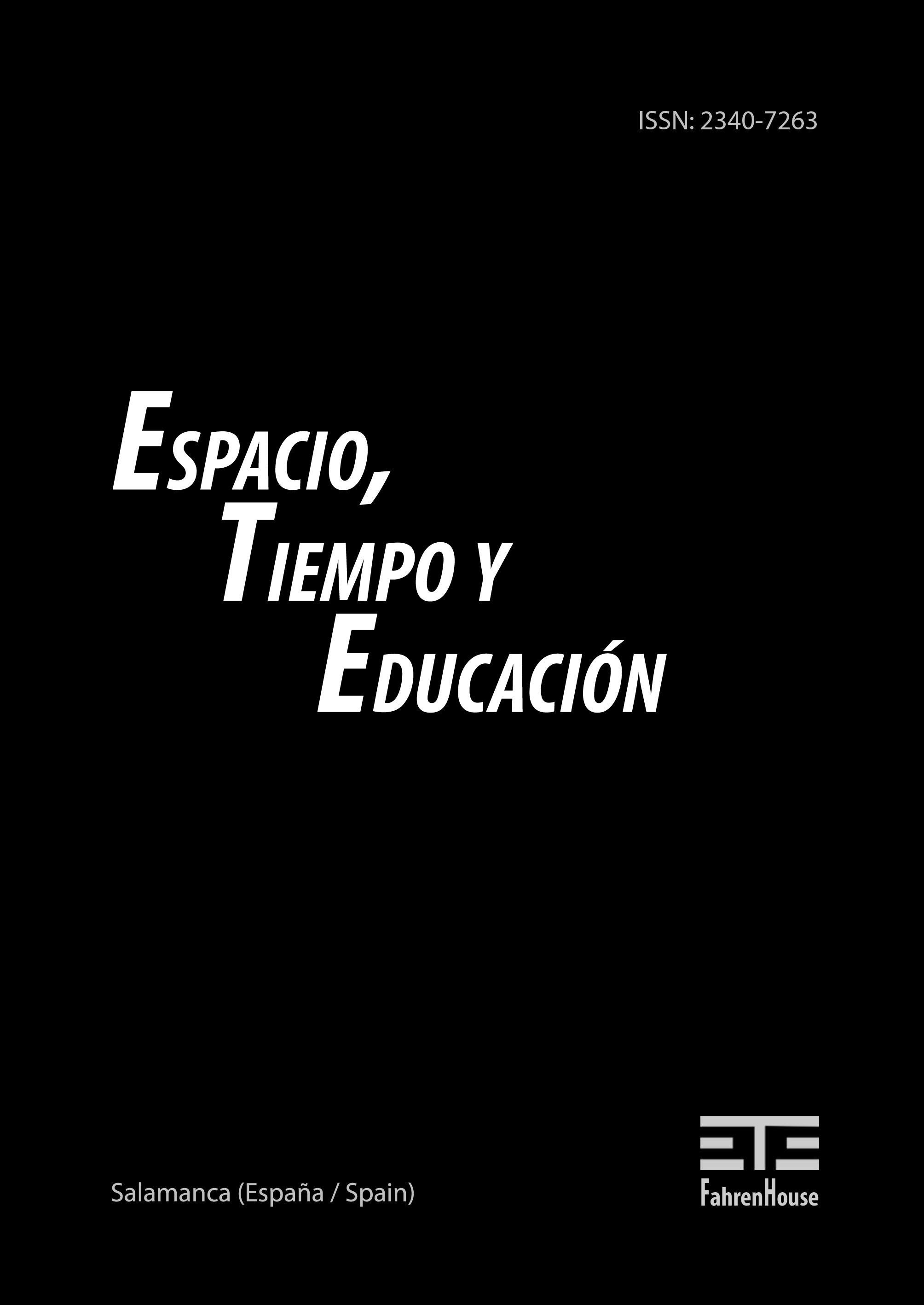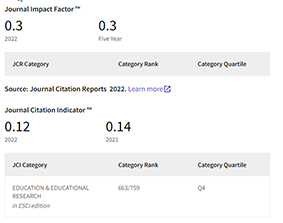Transformation of Japanese Schools before and after WWII: Impact of Brazilian Nationalism on Japanese Immigrants’ Primary Education and Self-identity
DOI:
https://doi.org/10.14516/ete.223Parole chiave:
Brazil, national identity, Japanese immigrants, Japanese language education, Japanese schools, anti-Japanese movement, Getulio VargasAbstract
This article discusses the changes in the role and function of Japanese schools in Brazil before and after WWII vis-à-vis the host country’s social and political environment, with emphasis on the pressure from nationalism on Japanese immigrants’ education exerted by the Vargas administration. The impact of the policy was both significant and turbulent. It had become one of the main causes of the drastic changes in the national identity and character of Japanese primary schools after the Pacific War, with tragic consequences for the Japanese immigrants. Before WWII, Japanese immigrants had gradually advanced their status from contracted labourers to independent farmers, forming Japanese colonias (settlements) on government-allocated uncultivated land. They were eager to give their children elementary level education, and in remote areas, they had no choice but to provide this education principally in the Japanese language. These schools therefore became targets of the anti-Japanese movement that began in the 1920s, peaked in the 1930’s, and was phased out in the 1940s. Just before WWII, however, President Getúlio Vargas developed a nationalistic policy which encompassed education; foreign schools were oppressed, and in 1938, most Japanese primary schools were closed. In addition, there was a ban on holding meetings and public gatherings, and Japanese newspapers were abolished. This was a traumatic situation that made Japanese-Brazilians pessimistic about the future, and their despair pushed them closer to supporting the goals of their Japanese homeland. The conflict between Brazilian and Japanese nationalism took place in primary education, which saw a tragic confrontation among immigrant groups, and resulted in a radical change of public opinion, as well as in the primary schools themselves.
Riferimenti bibliografici
Ando, Z. (1967). A Social Historical Study of Immigrants (Japanese). Study Report (II). São Paulo: Humanities Research Institute.
The Course of Anti-Japanese Problems in the Brazilian New Constitutional Assembly (Japanese) (1934). São Paulo: Association of Japanese Culture in Brazil.
Daigo, M. (1981). The Japanese in the South Hemisphere: Adaptation of Japanese People in Brazil (Japanese). Tokyo: Bungei Shunju.
Editing Committee of the History of Colonia Aliança (Ed.) (1952). 25th Anniversary of Establishment (Japanese). Overseas Association of Shinano.
Far Beyond the Mountains and Rivers: A History of Japanese Language Education in All Brazil (Japanese) (1966). São Paulo: Association of Japanese Language Schools in Brazil.
Years of Colonias (Japanese) (1958). São Paulo: Paulista Newspaper Company.
Handa, T. (1954). Problems of Immigrants in Brazil (Japanese). São Paulo: Humanities Research Institute.
Handa, T. (1981). A History of Immigrants’ Life (Japanese). São Paulo: Humanities Research Institute.
History of Development of the Japanese in Brazil (Japanese) (1953). 2 Vols. Ministry of Foreign Affairs Europe and America Department Emigration Section.
Immigration: Japanese, Library of Congress website (2017). http://www.loc.gov/teachers/classroommaterials/presentationsandactivities/presentations/immigration/japanese.html (2017/11/26)
Irie, T. (1938). A History of Overseas Japanese Expansion. Vol. II (Japanese). São Paulo: Study Group of Immigration Problems.
Ishihara, T. (1978). 50 Years of the Primary School of Cotia 1916-1966: The Facts of Japanese Brazilian Children (Japanese). Cotia: No publisher’s name.
Kinshichi, S., Takahashi, T., et. al. (2000). Basic Study on Brazil: 500 years history of Unknown Great Country (Japanese). Kyoto: Koyo Shobo.
Kojima, M. (1999). A Study of Japanese Overseas Schools: Analysis by Intercultural Education History (Japanese), Tokyo: Tamagawa University Press.
Kojima, M. ed. (2003). A Study of Education for Children Overseas (Japanese). Tokyo: Tamagawa University Press.
Kojima, S. (2003). Government Reponses to Problems of Education for Japanese Immigrants Children in Brazil: Looking at the Data from 1920’s to the Second World War. In Kojima, M. (Ed.), A Study of Education for Children Overseas (Japanese). Tokyo: Tamagawa University Press.
Lone, S. (2001). The Japanese Community in Brazil, 1908-1940: Between Samurai and Carnival. Chippenham, Wiltshire: Great Britain.
Maeyama, T. (1982). A Return to Japan Movement of Immigrants (Japanese). Tokyo: NHK Books.
Ministry of Foreign Affairs Consul Division (1971). Overseas Development of Our People: The One Hundred Years’ History of Emigration (Volume of Data) (Japanese). Japan International Cooperation Agency.
Negawa, Y. (2016). Educational History of Japanese Immigrants in Brazil (Japanese). Tokyo: Misuzu Shobo.
Years of Colonias by Pictures (Japanese) (1968). São Paulo: Paulista Newspaper Company.
Years History of Japanese Immigrants in Brazil (Japanese) (1981). São Paulo: Association of Japanese Culture in Brazil.
Smith, A.D. (1991). National Identity. London: Penguin Books Ltd.
Suzuki Jr., M. (2008). História da discriminação brasileira contra os japoneses sai do limbo: Tema esquecido pela historiografia brasileira, discriminação social e institucional contra japoneses foi defendida por grandes nomes do pensamento nacional, como o sociólogo Oliveira Vianna. In Folha de S. Paulo, 20 de abril de 2008. Retrieved from: http://www.usp.br/proin/download/imprensa/imprensa_integras_20_04_2009.pdf (2018/03/05)
Trail of a Quarter of a Century after the War (Japanese) (1958). São Paulo: São Paulo Newspaper Company.







